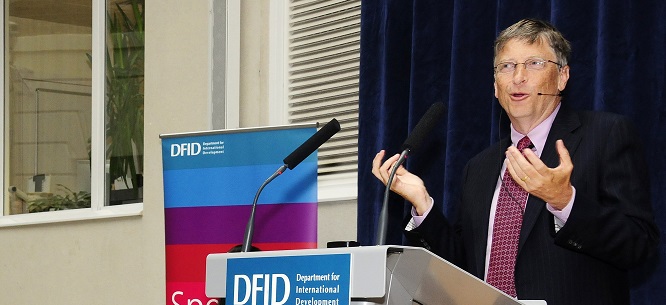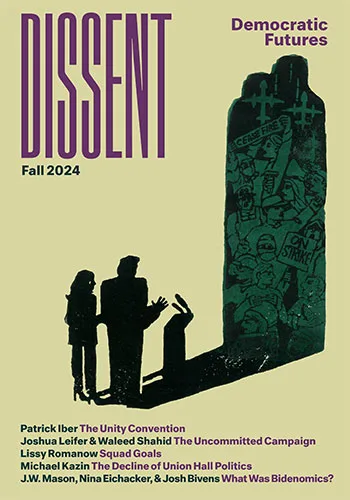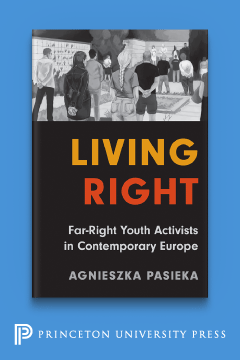How to Criticize “Big Philanthropy” Effectively
How to Criticize “Big Philanthropy” Effectively

Criticizing philanthropy (or philanthropists) of any kind is tricky. To most people, a negative appraisal sounds off-base and churlish—yet another instance of “No good deed goes unpunished.” Criticizing the immense private foundations that finance and shape the market-model “reform” of public education in the United States produces the same incredulity and indignation. “You’re going after Bill Gates?” I’ve been asked many times. “He’s doing good work in Africa. Leave him alone.”
Actually, the Gates Foundation’s work in Africa has some serious critics, but suppose, for the sake of argument, that the foundation does much good there. Suppose that Bloomberg Philanthropies announces tomorrow that it will spend $1 billion over the next five years to promote gun control in the United States. Would those of us who oppose market-model ed reform but support mosquito nets in Africa and gun control here still criticize the mega-foundations? Would we do it in the same way?
There are at least three approaches to evaluating the role of big philanthropy in ed reform. Understanding how they differ makes for a more effective analysis and stronger arguments.
The first approach focuses on the failure of specific policies pushed by the foundations and the harm they do to teaching and learning. For example, a critique of using value-added modeling to measure the effectiveness of individual teachers would deal with the inherent unreliability of the calculations, the nonsensical use of faulty formulas to measure growth in learning, and the negative consequences of rating teachers with such a flawed tool.
The second approach examines how big philanthropy’s ed-reform activity undermines the democratic control of public education, an institution that is central to a functioning democracy. The questions to ask are these: Has the public’s voice in the governance of public education been strengthened or weakened? Are politicians more or less responsive? Is the press more or less free to inform them?
This approach pinpoints certain types of foundation activity: paying the salaries of high-level personnel to do ed-reform work within government departments; making grants to education departments dependent on specific politicians remaining in office; promoting mayoral control and state control of school districts instead of control by elected school boards; financing scores of ed-reform nonprofits to implement and advocate for the foundations’ pet policies—activity that has undermined the autonomy and creativity of the nonprofit sector in education; funding (and thus influencing) the national professional associations of government officials, including the National Conference of State Legislatures, the United States Conference of Mayors, and the National Governors Association Center for Best Practices; and funding media coverage of education.
The third approach examines large private foundations as peculiar and problematic institutions in a democracy. This approach considers big philanthropy in general and uses ed reform as one example of how mega-foundations undermine democratic governance and civil society. The objections to wealthy private corporations dedicated to doing good (as they see it) have remained the same since the early twentieth century when the first mega-foundations were created: they intervene in public life but aren’t accountable to the public; they are privately governed but publicly subsidized by being tax exempt; and in a country where money translates into political power, they reinforce the problem of plutocracy—the exercise of power derived from wealth.
Of course, all three approaches to criticizing big philanthropy can be part of the same discussion, but the distinctions help to create a more coherent point of view. They make answering the inevitable challenges easier. Here are some of those challenges and possible responses.
Challenge: You seem to believe that ed-reform philanthropy is some sort of nefarious conspiracy. Here we go again with conspiracy theories.
Response: By definition conspiracies are secret and illegal. The ed-reform movement isn’t a conspiracy. When people or organizations work together politically in a democracy, it’s a coalition or movement. This is true even when—as is the case with the ed-reform movement—huge amounts of money are being spent by mega-foundations and private meetings take place.
Challenge: You wrongly depict the ed-reform movement and the foundations involved as homogeneous, with everyone marching in lockstep. The movement is actually very heterogeneous and rife with disagreements.
Response: Coalitions and movements are rarely, if ever, completely homogeneous. Yet their members agree generally on basic principles and goals. That’s how they make progress. The ed-reform movement is no different. The most significant policy difference among ed-reform foundations is on vouchers—the per-pupil funding that parents can transfer from a district public school to a private school, often including religious schools. Some foundations, for example, Walton, support vouchers; others, for example, Gates and Broad, do not. Aside from vouchers, there’s much agreement among the ed reformers on broad policy questions as well as principles and goals.
Challenge: You constantly impugn the motives of the mega-foundations. Do you really think Melinda Gates or Eli Broad wants to hurt children?
Response: Of course, the philanthropists aim to do good, but they define “good” for themselves and others. The directors of the Walton Foundation, for example, believe that school vouchers will improve education. By supporting vouchers, they believe, and claim, they are doing good. So it’s not productive to question their motives. But that doesn’t mean that their positions and activity are above reproach. When philanthropists enter the public policy fray, they—like everyone else—legitimately become fair game for criticism and opposition. Tax-exempt status shouldn’t create sacred cows.
Challenge: Private foundations spend perhaps $1.5 or $2 billion annually on K–12 education in the United States. That’s minuscule compared to the more than $525 billion that government spends every year. You exaggerate the influence that private foundations exert with their drop-in-the-bucket donations.
Response: Government spending on public education goes to basic and fixed expenses. Most states and urban school districts can’t cover their costs—they run deficits and/or cut outlays. Sociologists have shown that discretionary spending—spending beyond what covers ordinary running costs—is where policy is shaped and changed. The mega-foundations use their grants as leverage: they give money to grantees who agree to adopt the foundations’ pet policies. Resource-starved states and school districts feel compelled to say yes to millions of dollars even when many strings are attached or they consider the policies unwise.
Challenge: Private foundations don’t weaken democracy. They add another voice to the democratic debate. This increases pluralism and actually strengthens democracy.
Response: Money translates too easily into political power in the United States, and the country is becoming increasingly plutocratic. Mega-foundations exacerbate this tendency. In the realm of public education policy, they have too much influence, and this undermines democracy.
Joanne Barkan’s writing on philanthropy, private foundations, and public education reform has appeared in the Chronicle of Philanthropy, Nonprofit Quarterly, the Washington Post, Dissent, and other publications.
A version of this post appeared on Diane Ravitch’s blog on March 28, 2014.





